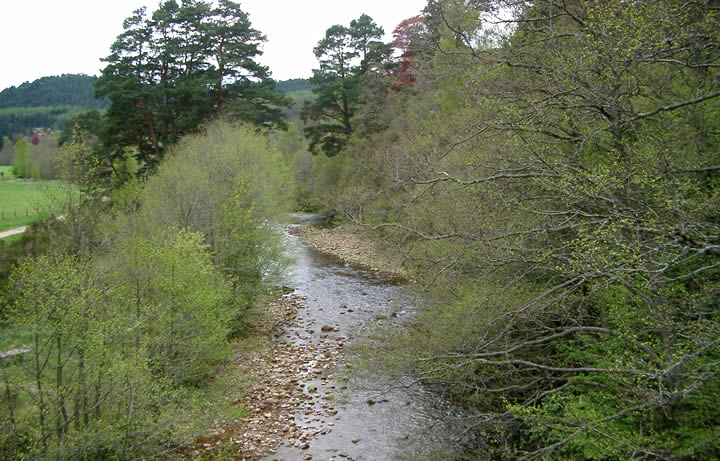
An astonishing report, released around this year’s “World Rivers Day” (last Sunday in September), revealed that none of England’s 4600 rivers, lakes and other waterways met “good” ecological and chemical standards in 2019-2020 as designated by the EU Water Framework Directive. The implications of no rivers in England achieving “good” water quality are clear for our wildlife and recreation; but perhaps less apparent are the serious human health impacts of contaminated drinking water and food (due to irrigation). The Environment Agency reports “all of the rivers, lakes and streams in England are polluted” - highlighting that the goal of achieving healthy waters by 2027 is slipping out of reach. When coupled with another report on 2 October documenting an increase in water company related pollution events, despite significant fines imposed by the regulator, the future seems bleak for our rivers.
These current reports fuel growing fears that we face a mounting ‘invisible water crisis’. The World Bank states: “The world faces an invisible crisis of water quality. Its impacts are wider, deeper, and more uncertain than previously thought and require urgent attention.” Water quantity issues have attracted much public attention partly due to their visually dramatic manifestation – too much (flood) or too little (drought) water. Comparatively, water quality matters have been somewhat overlooked. Moreover, the water quality picture is complex and difficult to communicate due to manifold pollutants (from legacy contaminants residing in our environment over decades to newly emerging contaminants) that have multiple sources (such as sewerage discharge, agriculture, industrial processes and road runoff) that may change over time.
Nonetheless, the issue is recognised by Government, with the Environment Minister Rebecca Pow vowing: “we are absolutely committed to achieving the water quality ambitions to improve at least three-quarters of our waters to be as close to their natural state as soon as possible.” Acknowledging the problem is a first step; but questions remain around why we have not succeeded to date, and how scientific advances can support future efforts to improve river water quality.
To move forward, it is clear that rivers must be viewed as connected systems in their watershed context - with water pollution being managed at the river catchment scale. This requires better understanding of the processes that link water pollution sources to rivers as well as identification of ‘hotspots’ and ‘hot moments’ (i.e. specific places and times) that control river pollution dynamics.
Reliable, accurate data are required (at appropriate spatial and temporal resolutions) to capture water quality dynamics, and discover controls and processes that can ultimately provide the evidence-base to inform decision-making about mitigation strategies. We are in a period of rapid technological evolution in environmental sensing. Indeed, it is worth noting that improvements in testing (i.e. technological and range of pollutants measured) may have contributed to the perceived lack of progress in improving water quality. For example, detection of long-banned pollutants (such as PCBs) may not be getting worse rather we are detecting low levels more effectively. Additionally, we know more about the cocktail of pollutants in our rivers nowadays.
Optimising the uptake of novel sensing techniques is required, so we monitor water quality where and when required rather than when we can afford to. Yet, implementation of novel monitoring approaches, particularly the development of high frequency observation networks, requires careful consideration of the non-technical aspects for successful implementation. For example, stakeholder engagement and ‘citizen science’ initiatives can lead to improved decision-making and behavioural change through community cohesion around the issues, particularly when all information generated is transparent and accessible to stakeholders – empowering actionable knowledge.
New observation and understanding of how pollution sources vary in space and time will allow more targeted interventions (prevention and remediation) and better catchment management (investments in treatment infrastructure and use of natural capital). If such knowledge and management actions are aligned with well-designed, effectively implemented and enforceable regulations, then we can make progress towards healthier river environments and improved water quality for the benefit of water-dependent ecosystems and society.
School of Geography, Earth & Environmental Sciences, University of Birmingham, UK.